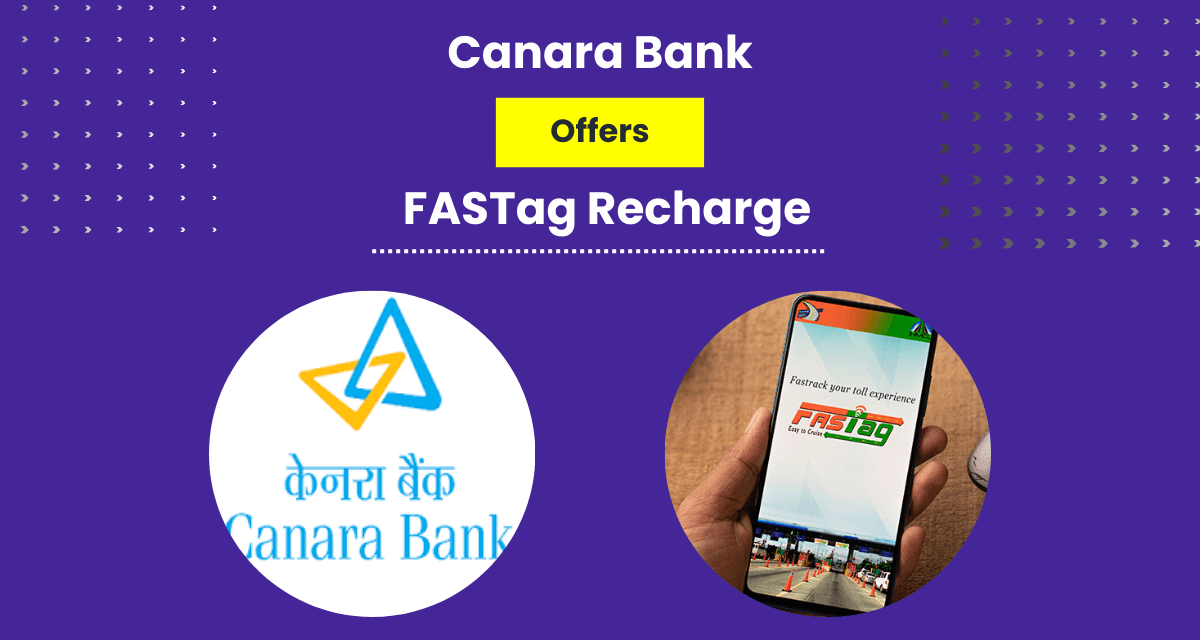

Are you tired of waiting in long toll queues on the way to your destination? Do you want to avoid the hassle of carrying cash for toll payments? If yes, then Canara Bank FASTag recharge is the solution to your problems. Canara Bank FASTag is an electronic toll collection system that uses radio frequency identification technology to make toll payments cashless and contactless.
Canara Bank is one of the banks authorized by the National Highway Authority of India (NHAI) to issue FASTags to vehicle owners. Canara Bank FASTag recharge is easy and convenient, thanks to the Park+ app. You can recharge your Canara Bank FASTag online from anywhere at any time. With just a few clicks, you can add money to your FASTag account and enjoy hassle-free toll payments.
Canara Bank FASTag works by linking your vehicle registration number to an RFID tag that is affixed to the windshield of your vehicle. When you pass through a toll plaza, the RFID tag is read by the scanner, and the toll amount is automatically deducted from your FASTag account.
Canara Bank FASTag has several advantages that make it a must-have for vehicle owners. Some of the benefits are:
Faster toll payments: With Canara Bank FASTag, you can avoid the long queues at toll plazas and save on time.
Cashless and contactless payments: Canara Bank FASTag eliminates the need for cash transactions, making toll payments safe and contactless.
Online recharge: You can recharge your Canara Bank FASTag online from the comfort of your home using the Park+ app.
Automatic balance updates: Canara Bank FASTag provides real-time updates on your account balance, allowing you to keep track of your toll payments.
Also Read --> How to Check Your NPCI Fastag Status?
To apply for Canara Bank FASTag, you need to submit:
Vehicle registration certificate (RC)
Passport-size photograph of the vehicle owner
KYC documents of the vehicle owner (Aadhaar card, PAN card, etc.)
Follow these simple steps to recharge your Canara Bank FASTag with Park+:
Download the Park+ app from the App Store or Google Play Store.
Sign up or log in to your Park+ account.
Select the "FASTag recharge" option.
Choose "Canara Bank" as your bank.
Enter your vehicle registration number and click on "Proceed."
Enter the recharge amount and select the payment method.
Click on "Pay" to complete the transaction.
Canara Bank FASTag recharge with the Park+ app is not only easy but also safe and secure. The app uses the latest encryption and security technologies to protect your personal and financial information.
Canara Bank FASTag is a convenient way to make toll payments. Canara Bank FASTag recharge with the Park+ app is quick and easy, and you can do it from anywhere, at any time. Download the Park+ app today to recharge your Canara Bank FASTag and enjoy a stress-free travel experience. To learn more about Canara Bank FASTag recharge and other services, visit the Park+ FASTag page.
Ans. Similar to a car's licence plate, the tag is specific to that vehicle and is not transferable. It would be placed on the vehicle in a mandatory manner at the time of issue.
Ans. You can check the balance of your Canara Bank FASTag by logging in to your FASTag account on the Canara Bank website or the Park+ app.
Ans. If you have any queries related to Canara Bank FASTag recharge, you can contact the Canara Bank FASTag customer service team at 1800-103-3564 or send an email to canarafastag@canarabank.com.
Ans. The Canara Bank FASTag is valid for 3 years from the date of issuance.